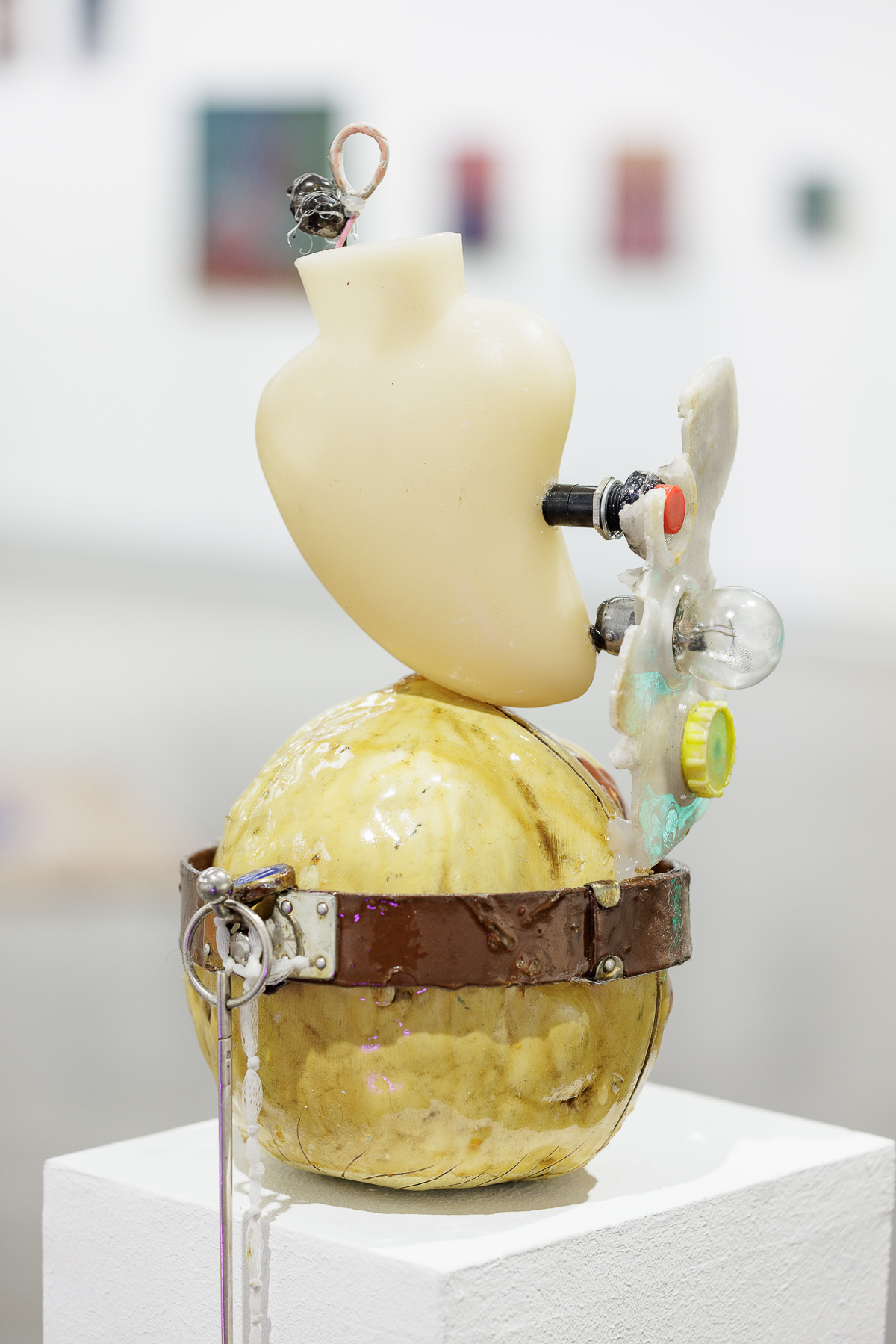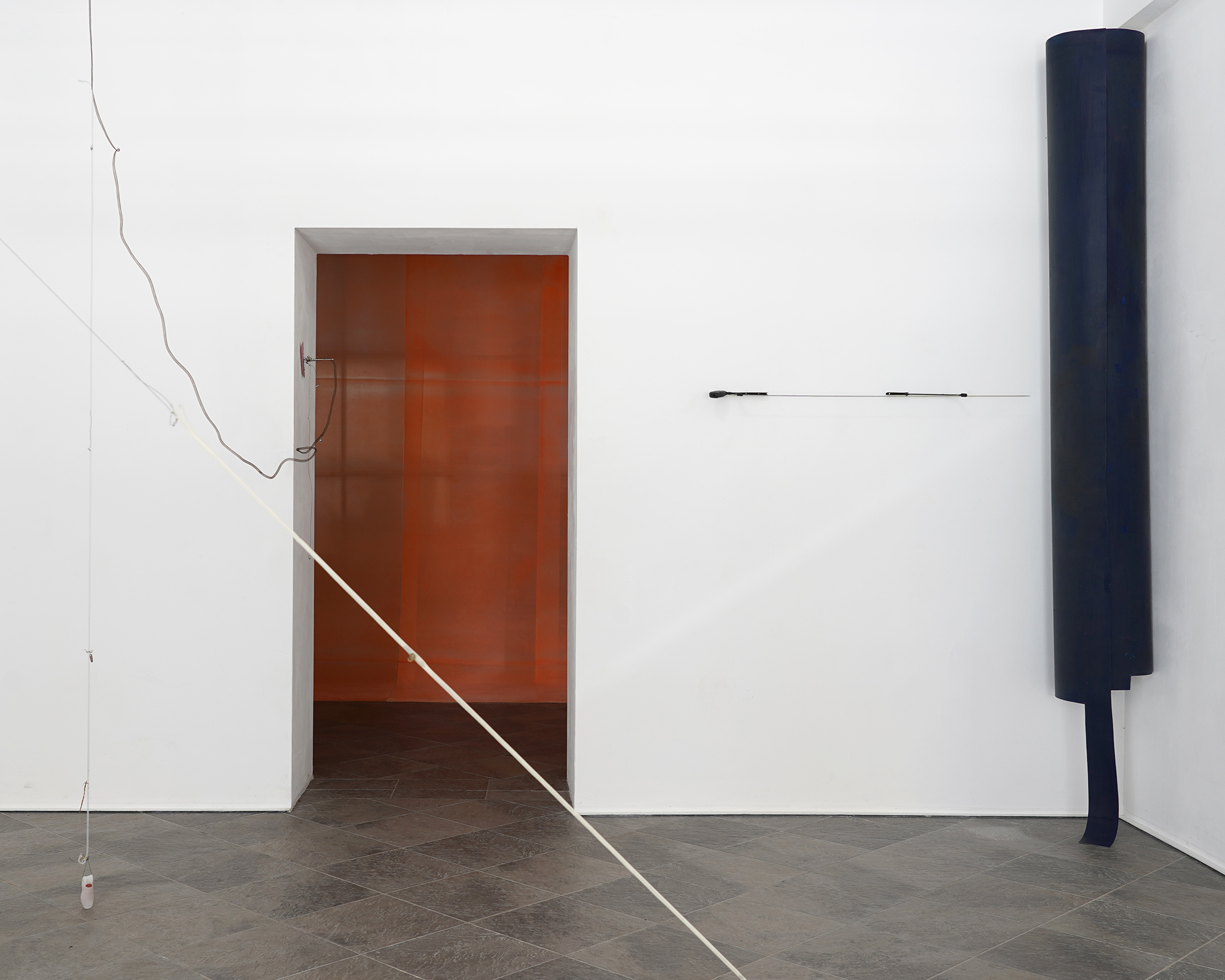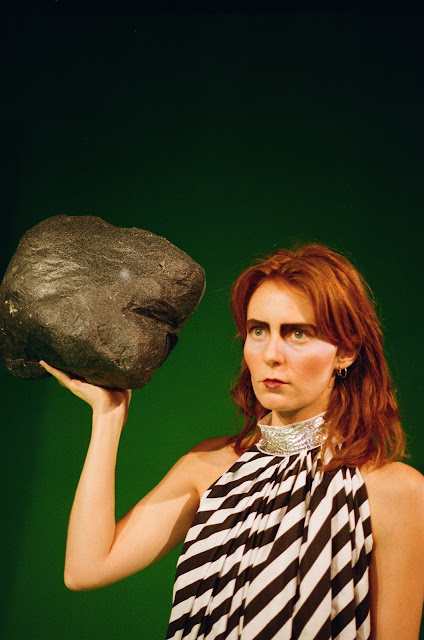From Tokyo to Haifa
Even if the demand to acknowledge the suffering of the Israeli population and the terror attacks of October 7th is justified, it becomes absurd when one concludes that it is legitimate for state power to kill so many civilians while violently silencing Jewish voices that oppose it.
We are called anti-Semites because we advocate for an oppressed, underfunded people – a people that is supposed to be erased, allegedly consisting only of terror and allowing no peace. Why is it so difficult for some to connect anti-fascism with nuance? Maybe I, too, am ideologically influenced by leftist positions. But even at my university, under professors like Rector Barst – who was certainly not left-wing – such topics were hardly discussed. The students were mostly privileged, white, and wealthy. There was no debate, no culture of exchanging ideas, no training in nuanced thinking, because fear of saying something wrong prevailed. Conformity was the norm.
Recently, someone even filed a motion with the Austrian state, claiming that the University of Applied Arts Vienna trains only left-wing terrorists. Such allegations, while absurd, demonstrate how easily critical, artistic spaces are targeted and misrepresented by those who refuse to engage with nuance or challenge their own biases.
This phenomenon repeats itself today. It is being normalized – at the expense of countless people who happened to be born in the wrong place, like Palestinians, or those who, for any number of reasons, are considered “disruptive.” They don’t fit the mold: neither normative nor malleable.
As an immigrant naturalized as a German citizen and someone with white privilege, I must learn to understand and acknowledge these dynamics. Yet we live in a world where conformity often means staying silent – especially when what we say challenges the interests of states or economic powers.
We see figures like the “orange clown,” men in suits, or a J.K. Rowling – a magician imagining trans people attacking women in bathrooms, when in reality it’s cisgender men who pose such threats. These figures are symbols of systems that uphold the status quo, perpetuating fear and misinformation rather than challenging harmful structures.
How did we let a right-wing Israeli government so effectively manipulate the narrative? This kind of solidarity between the U.S. and Israel is not built on an ethical foundation. Ultimately, it endangers even their own populations – as long as money and power are secured, nothing else matters. No human being is purely good or purely evil, but we have the responsibility to question propaganda and seek the truth.
As artists, we are obligated to be sensitive to injustice and to protect what is free. Art reveals who is lying, who has lost themselves. Yet many artists hide behind slogans like “Never Again,” without truly living their meaning. They advocate for Jewish life, not out of genuine understanding, but because of family traditions or pride.
Of course, anti-Semitism exists. But today’s new enemy is not Jewish people – it is migrants, Arabs without money, the darkest among us. It is shameful how many voices refuse to educate themselves further. Dismissing or downplaying violence against Jews is unacceptable, just as it is to trivialize violence against other marginalized groups.
In the end, the enemy is patriarchy and nationalism. These structures divide us and distract from the real task at hand: developing an ethic that acknowledges and takes all human suffering seriously.
Observe the borders. Look at the walls, the displacement from homes. Who holds the weapon? Who lives comfortably, watching from the other side? As an academic, you cannot afford to be one-sided. How is that even possible? Is it the middle class that allows itself this audacity?









